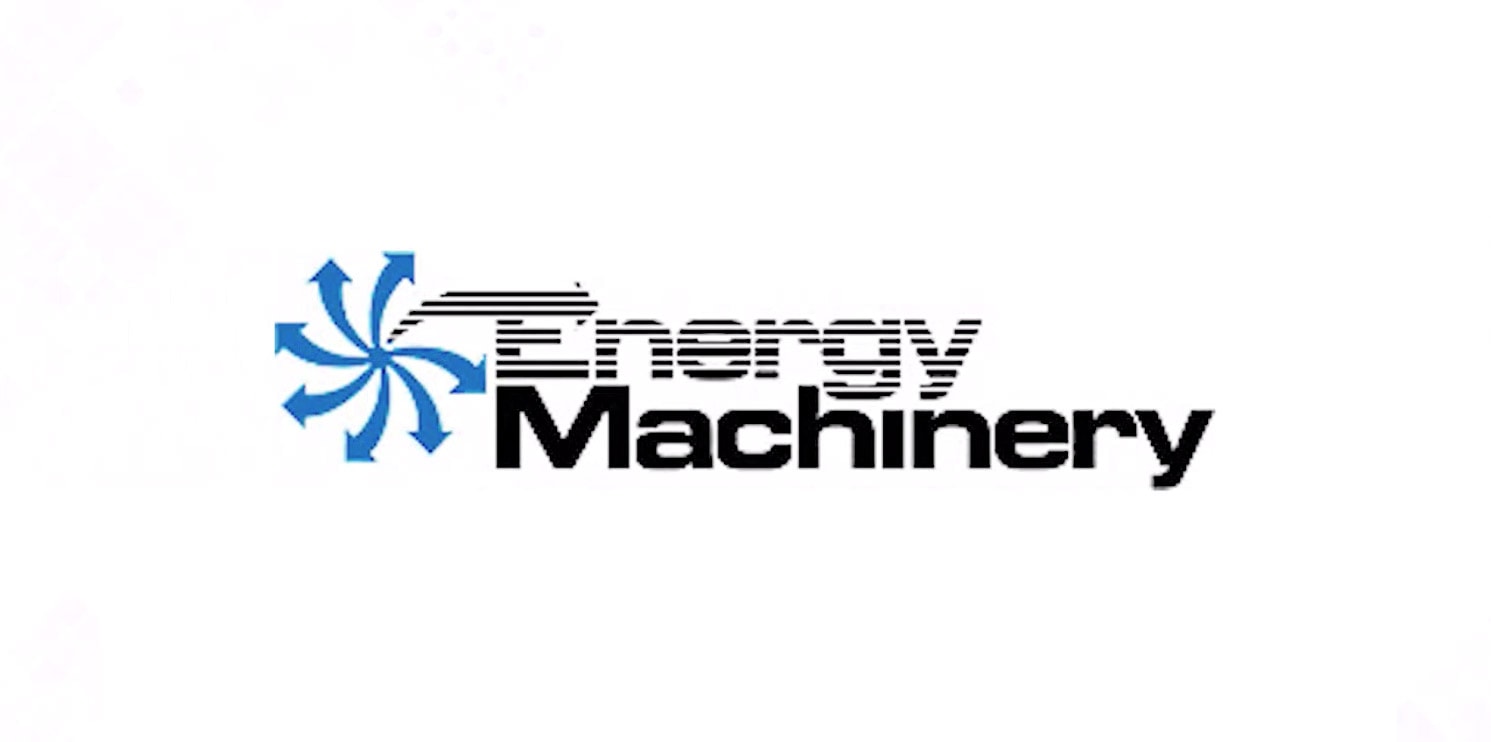Rotary Vane Compressor
Energy Machinery, Inc.Rotary Vane Compressor An air compressor converts power from electricity, gas, or other sources into potential energy in the form of pressurized air. The pressurized air can be released in a controlled way to provide the kinetic energy needed for its given application. In principle, an air compressor’s design is relatively straightforward. Air is brought […]
Positive Displacement Compressor
Energy Machinery, Inc.Positive Displacement Compressor Compressors are mechanical equipment used in a wide variety of industrial and commercial settings to generate pressurized gas. They compress gas, most commonly air, by reducing its overall volume. The multiple compressor types vary based on the method of compression, power source, and capability to compress specific liquids and gases. In this […]
Oil Lubricated Air Compressor
Armani GoensOil Lubricated Air Compressor An air compressor converts the power from a gas or electric motor into pressurized air—more commonly known as compressed air—and then releases the pressurized air through discharge valves to support a variety of uses. The basic air compressor design is fairly simple to understand. Air is brought into a chamber by […]
Positive Displacement Blower
Energy Machinery, Inc.Positive Displacement Blower Positive displacement blowers, or rotary blowers, circulate air by pulling a certain volume of gas into the rotary chamber and then pushing it out. Manufacturing and processing facilities use these blowers for a variety of applications, including aeration, vacuum processing, air extraction, and cleaning. There are multiple types of blowers that can […]
Refrigerated Air Dryers
Energy Machinery, Inc.Compressed air can be damaging to applications that require moisture-free air. Atmospheric air that enters an air compressor intake contains water vapor. While in the air compressor, heat from compression and pressurization forces water vapor to condense into liquid droplets. These droplets travel downstream and can ruin your products, air tools, cylinders, and air motors. […]
Variable Speed Compressors
Energy Machinery, Inc.Rotary screw air compressors controlled by VSDs (variable speed drives) are one of the best energy efficient industrial innovation introduced in the past few years. The style of air compressor control can reduce energy wasted by compressors running in the unloaded condition exponentially. Variable speed air compressors are ideal for plants that have fluctuating […]
Benefits of Oil Free Air Compressors
Energy Machinery, Inc.Air compressors, like many other types of mechanical equipment, require adequate lubrication to ensure maximum longevity and optimum performance. The piston, in particular, needs to be able to draw and compress air with minimum frictional resistance. In this regard, air compressors are available in two primary configurations: oil vs oil free air compressor systems. In […]
What is a Reciprocating Compressor?
Energy Machinery, Inc.Compressors are mechanical devices used to intentionally increase the pressure of a air. They work by “squeezing” the air into a smaller volume, thereby causing a buildup of stored potential energy to be used when needed. Although there are many types of compressors, most of them generally fall under two classifications: dynamic and positive displacement. […]







